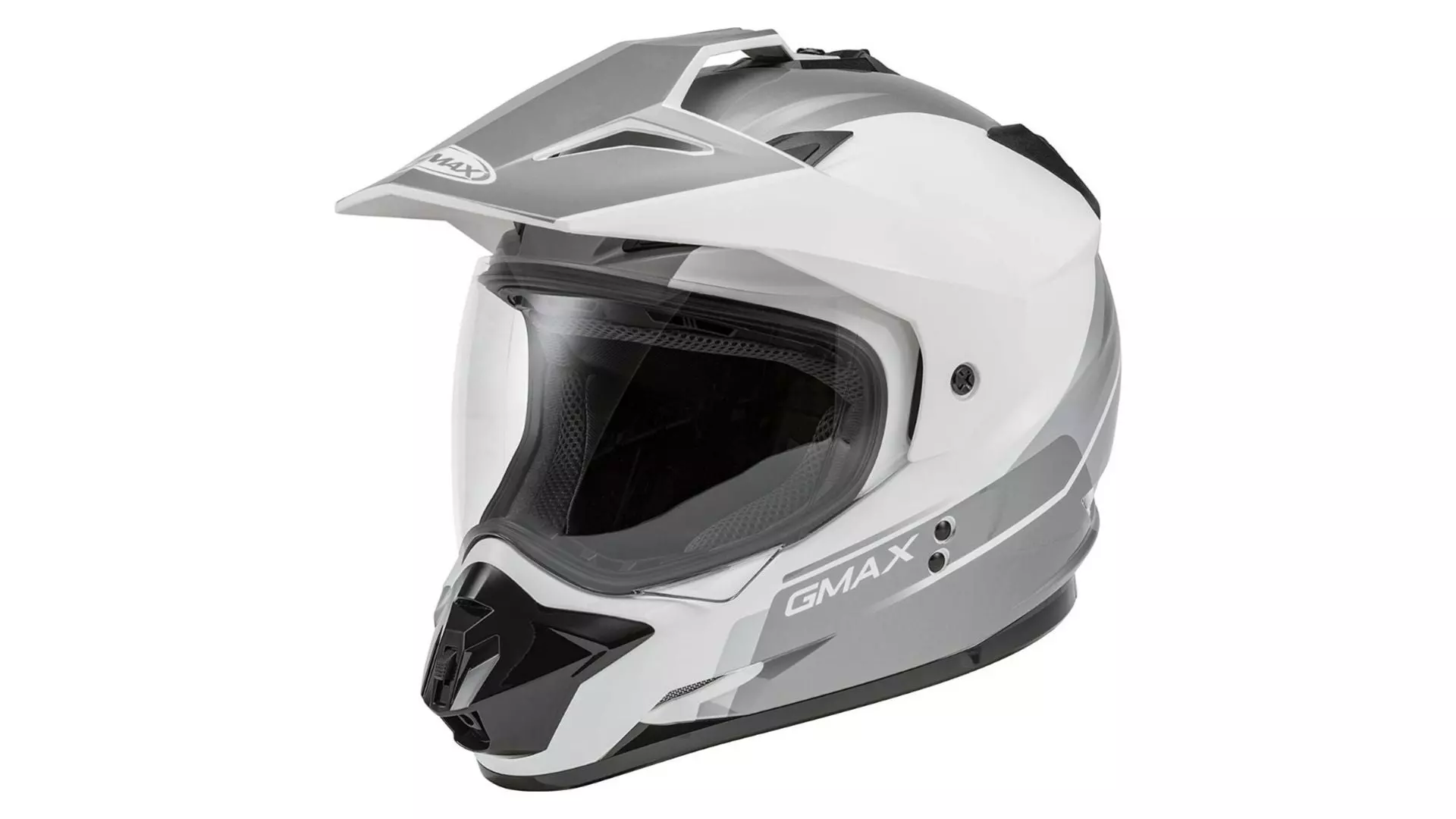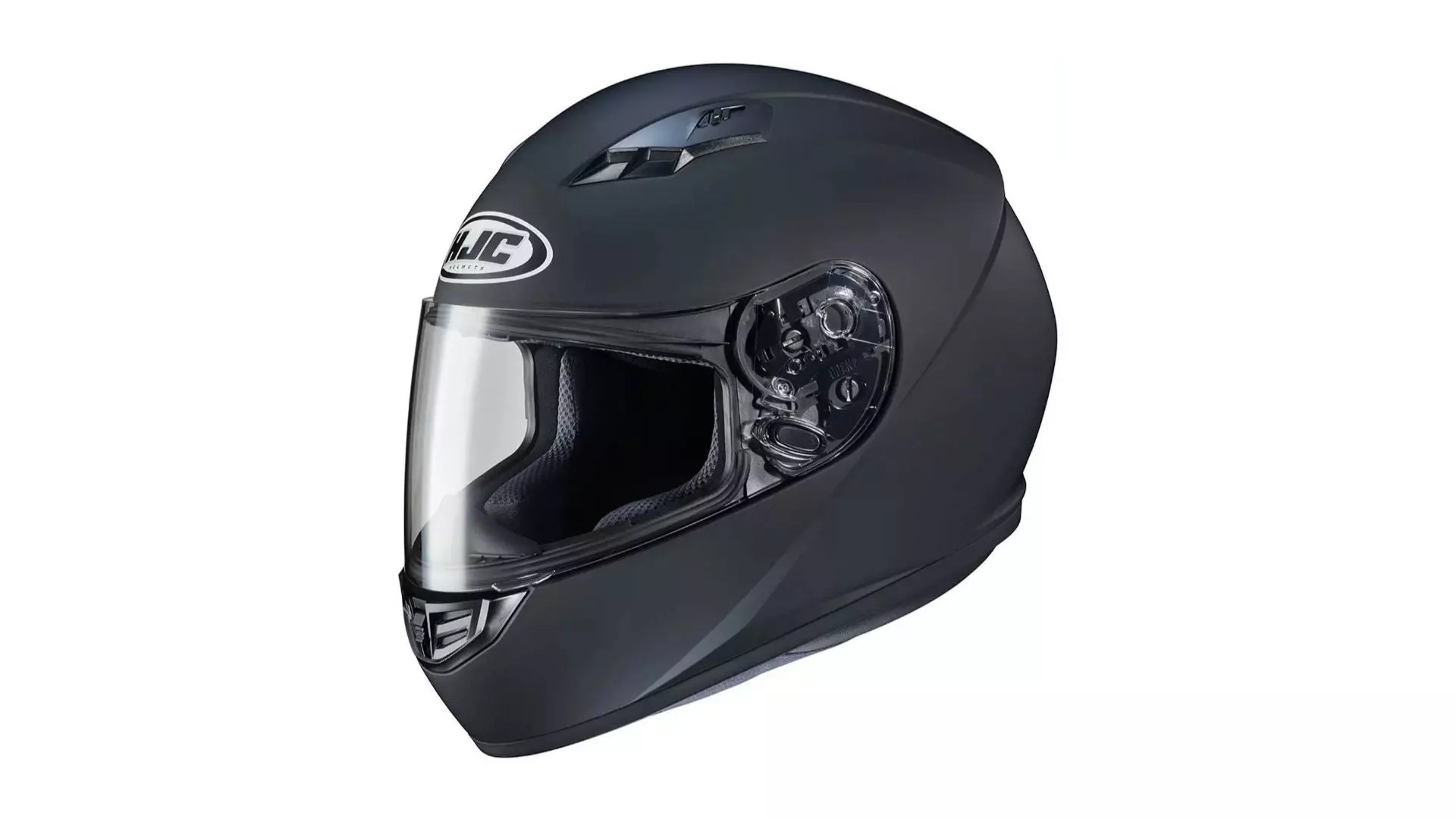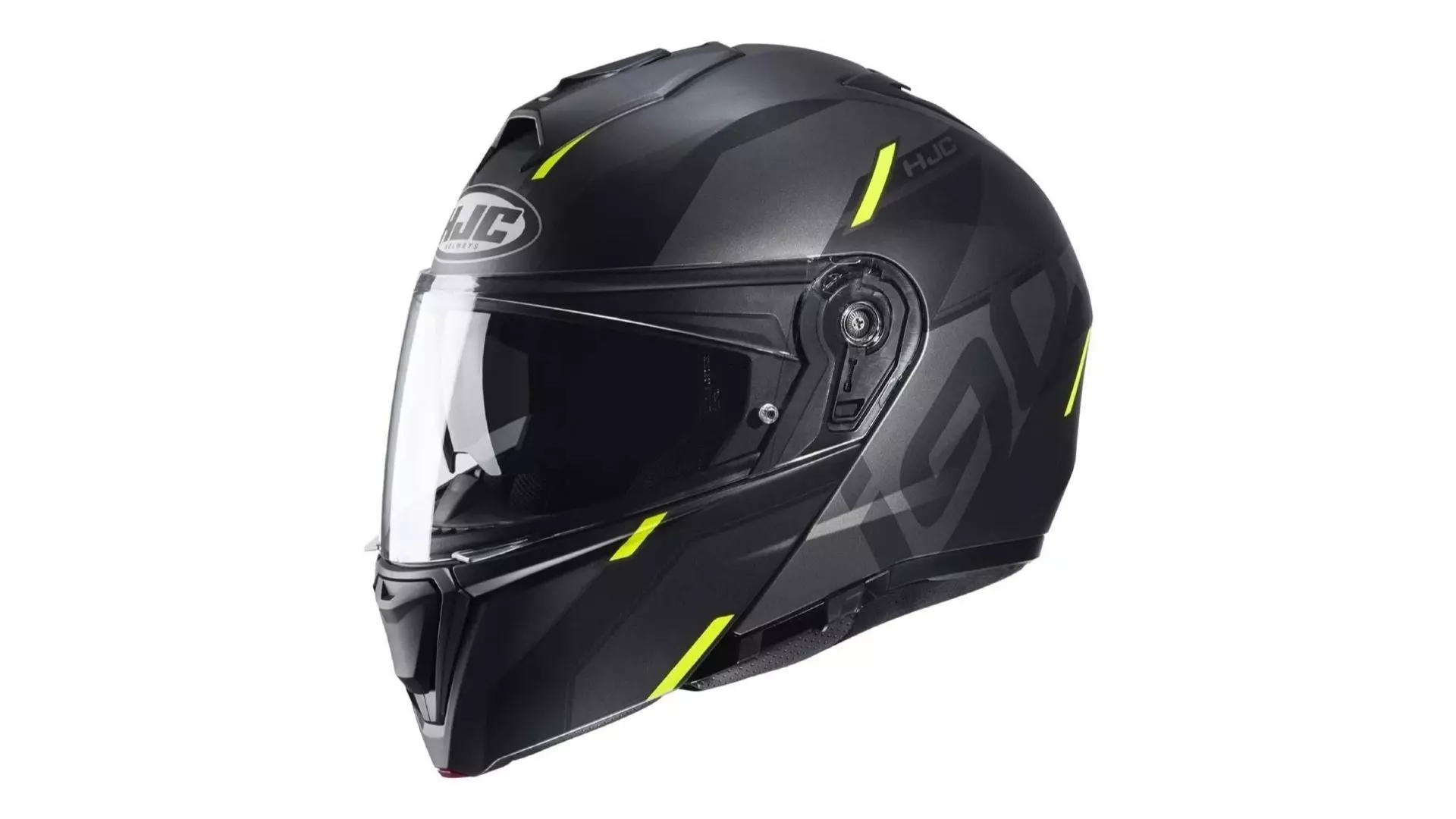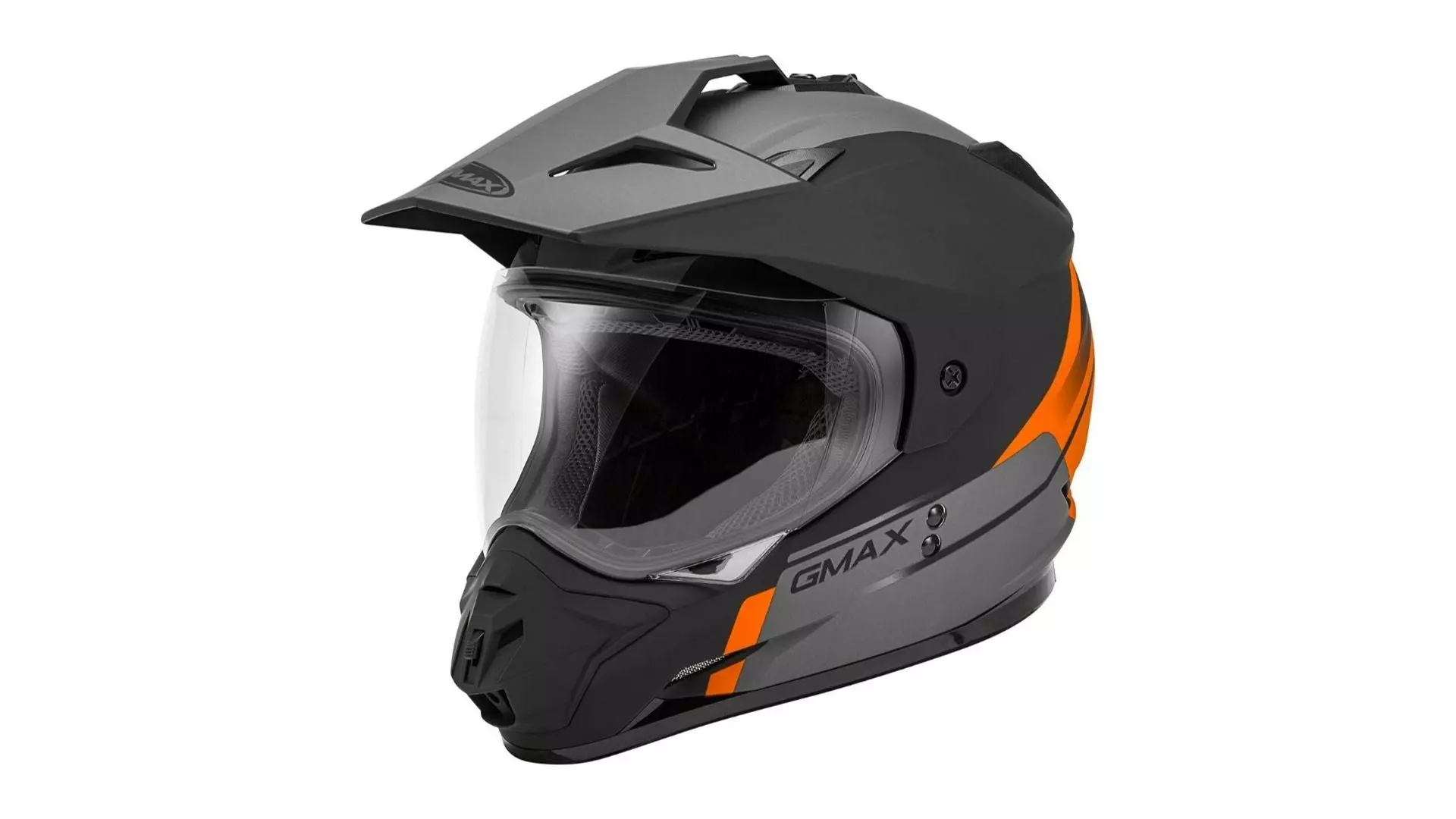Unless you’ve been living under a rock for the majority of your life, you know that certain activities are best done wearing a helmet. Whether riding a motorcycle, ATV, dirt bike, or scooter, you don’t want to risk permanent injury or worse. This also goes for snowmobiling, as your helmet not only protects your melon from getting hurt, it also protects your eyes and face from harsh temperatures, flying snow and ice, bright sunlight, unseen branches, and other obstacles. If you’re in the market for a new snowmobile helmet for the upcoming season, this is the perfect place to start. We’ve got you hooked up with our top picks and a comprehensive buying guide that will help you select the perfect helmet.
The Best Snowmobile Helmets Reviews and Recommendations
The O’Neal Sierra II Helmet is an excellent all-around helmet. Made with a heavy-duty ABS shell for great protection and durability, it’s designed to hold up against aggressive terrain and conditions. This helmet has an integrated face shield and a DOT-certified safety rating. The drop-down tinted shield is large and wide and protects your eyes in any condition and the interior liner features moisture-wicking technology that can be removed for simple washing.
In addition to snowmobiling, this helmet is an excellent option for motorcycling, dirt biking, ATV riding, and UTV riding. Strategically placed vent holes provide for added comfort and airflow while riding. It is available in color options of black or white and comes in sizes ranging from extra small to extra, extra large. One downside of the O’Neal Sierra II Helmet is it tends to produce a lot of wind noise at higher speeds.
- Brand O’Neal
- Model 0817-501
- Weight 3.5 pounds
Suitable for multiple forms of riding
Integrated face shield
Well-padded and comfortable chin strap
Noisy at faster speeds
Runs somewhat small
The HJC CS-R3 Snow-Racing Snowmobile Helmet incorporates everything you could want in a great snowmobile helmet. This ultra-lightweight helmet is constructed from an advanced polycarbonate composite shell that can withstand some serious abuse, and the face shield blocks 95 percent of UV rays and features a durable anti-scratch coating.
Swapping out the face shield is easy, thanks to the RapidFire Shield Replacement system. This helmet also features cleverly designed adjustable chin and forehead vents and two rear exhaust vents to create customized and optimized airflow to keep you cool and dry. One drawback for some users is that the airflow is a little too good on this helmet. Some people complain that their eyes water significantly in colder temps. The visor is also not rated for street use in some states.
- Brand HJC Helmets
- Model CS-R3
- Weight 3.19 pounds
Durable and rugged
Adjustable forehead and chin vents
Removable and washable interior liner and cheek pads
Airflow may cause eyes to water
Visor might not be legal for street use in some states
Limited color options
The HJC i90 Modular Helmet Aventa MC3H gets high marks for being a great snowmobiling helmet that features a rugged, yet lightweight polycarbonate composite shell. Its aerodynamic shape features an enlarged eyeport that allows for greater outward visibility, and it’s even able to accommodate glasses via specially designed grooves in the temple area.
The SuperCool moisture-wicking liner also features advanced antibacterial and quick-drying fabric for maximum dryness and comfort. Couple that with the brand’s Advanced Channeling Ventilation System that offers an impressive seven intake vents and two rear exhaust vents, and you’ll be able to ride comfortably all day. We also like the easy shield replacement system and the large drop-down internal sun visor. This helmet has it all, including a somewhat higher price tag. Many folks also complain that it runs quite small, so consider sizing up.
- Brand HJC Helmets
- Model CS-R3
- Weight 3.19 pounds
Durable and rugged
Adjustable forehead and chin vents
Removable and washable interior liner and cheek pads
Airflow may cause eyes to water
Visor might not be legal for street use in some states
Limited color options
The sleek and modern GMAX GM-11 Dual Sport Helmet is ready to hit the mountain as it can accommodate goggles (even larger ones), even with the face shield lowered. You can easily swap it from a visor to a visor-less configuration, depending on the type of riding you’re going to be doing. The removable and washable liner features removable cheek pads as well and is designed to be super comfortable on longer rides.
The face shield itself offers 100 percent UV400 protection with a hard anti-scratch coating for the ultimate in clear vision and durability. Maximum airflow is achieved via well-designed top, front, and jaw vents that can be fully opened or closed, even with gloves on. And integrated speaker pockets allow for aftermarket comms installation. One drawback to this helmet seems to be the visor as it tends to vibrate at high speeds.
- Brand GMax
- Model G1113403
- Weight 3.92 pounds
Relatively affordable price tag
Can accommodate goggles, even with the face shield closed
Outer flip shield is UV resistant and recesses completely when raised
Visor is not adjustable and feels flimsy
Speaker pockets may not accommodate all types of speaker systems
Inner liner isn’t as good at moisture-wicking as some other options
The Bell MX-9 Motorcycle Helmet is a great combination of functionality, durability, and fashion. Not only does it come in plenty of colors and patterns to suit any style, it’s also constructed from a sleek and super lightweight ABS shell and features the MIPS energy system (Multi-Directional Impact Protection System) to provide the ultimate protection. A thick foam liner helps provide dissipation of force and added cushioning, and the optional integrated face shield features anti-fog and anti-scratch coating for clear visibility.
Some people do recommend purchasing a tinted face shield for protection against glare during snowmobile riding, though. It’s also DOT-approved and meets all the necessary safety standards. This helmet also features a well-thought-out Velocity Flow Ventilation System that provides decent cooling airflow during any kind of riding. One drawback to this model is that the top vents don’t close, so it may not be the best option for frigid days.
- Brand Bell
- Model 7081724-Parent
- Weight 3.75 pounds
Available in plenty of pattern and color options
Can accommodate goggles when the face shield is open
Features the MIPS energy system for added protection in a crash
Top vents are always open
Doesn’t come with a tinted face shield for riding in sunny glare
Anchors and chin strap seem cheap compared to some other models
How We Selected The Products
In order to narrow the playing field when it comes to showing you the best of the best in snowmobile helmet options, we went with reputable manufacturers that have a solid track record of producing top-quality helmets for years. We chose only DOT- or ECE-approved options to give you the safest and most durable choices. Next, we wanted to offer relatively affordable choices, so we nixed anything priced at more than $300. Lastly, all of our choices have hundreds, if not thousands, of positive user testimonials that you can read and use to decide for yourself which option suits you best.
Our product selections, rankings, and awards for this story are based on research. While we haven’t conducted real-world testing on all of these products yet, we’ve looked at consumer testimonials and data, tutorials, and general discussions on social media and in forums. We also consider price and specification in the context of the segment. Of course, we also rely on our institutional knowledge of the automotive landscape to weed out weak products.
Buying Guide/What to Look For
It’s easy to differentiate between a great snowmobile helmet and a mediocre one that won’t offer much protection from the elements or in a crash. You can’t judge it just based on price alone. The following buying guide will have you confidently choosing a top-quality helmet in no time.
The Most Common Types of Snowmobile Helmets
Full-Face
Full-face snowmobile helmets are the most popular and safest choice of all three helmet types. This helmet features a full protective shell and provides complete protection on all sides of the helmet.
Full-face snowmobile helmets provide great protection, particularly around the neck and jawline. It is built to withstand the heaviest impacts and potential crashes. Full-face helmets include a built-in visor, and some models even feature tinted and clear visors for added face and sun protection.
Modular
Modular snowmobile helmets are a versatile choice. This type of helmet allows you to flip it up to a three-quarter design because the lower half of the helmet separates from the top half of the helmet.
The most beneficial factor of a modular helmet is in the case of an accident. If you do have a crash and a potential neck injury, a rescue crew can gain access to your face without having to completely remove the helmet as having to remove the helmet after a crash could cause further damage to your neck and spine.
Snowcross
Snowcross helmets are very similar to motocross helmets. This type of helmet typically has a design like the full-face helmet, but it does not typically include a visor. You will need to wear a pair of goggles with this type of helmet to protect your eyes from the wind and weather.
Some models of snowcross helmets will feature removable visors or some type of deflector, which can help to keep the wind off your face while riding your snowmobile in extreme weather or at high speeds. Snowcross helmets are designed with excellent ventilation to keep your head comfortable and dry while riding your snowmobile.
What to Consider When Buying A Snowmobile Helmet
Lenses
There are many types of lenses to look for with your snowmobile helmet. A dual-lens setup is the most common and is typically included with full-face snowmobile helmets. This type of lens includes an internal and external lens, and the space between them acts as a heat shield to prevent fogging.
Vents
When choosing a snowmobile helmet, the number of vents on the exterior is another important factor to consider. Ventilation ports can help keep your head cool and comfortable while riding your snowmobile for extended periods.
High-quality vents introduce fresh air and keep the air within your helmet in circulation. It allows you to keep your head dry without having to lift the visor of your helmet. The ventilation ports can typically be found on the front, top, and sides of the helmet. Some helmets even feature vents that can be opened or closed to maximize your comfort depending on the weather conditions.
Safety Certifications
No matter what type of helmet you choose for any sport, always make sure it’s been independently certified by the DOT, ECE, or some other third party. These organizations put helmets through the most rigorous and aggressive safety tests in order to ensure that you will be maximally protected in the unfortunate event of a crash.
Top Brands
HJC Helmets
HJC was founded in California in 1971. The company has a long-standing track record as an industry leader. HJC has been the top-ranked helmet brand in North America every year since 1992.
O’Neal
Founded by famous veteran motocross racer Jim O’Neal in 1970, this company is another that has a solid reputation and history of providing innovative and cutting-edge motocross and riding gear.
Bell
Another California-based company, Bell has been around since the 1950s. Founder Roy Richter was a speed-hungry racer who was dedicated to bringing top-quality, innovative, and affordable protection to the masses.
FAQs
When you put on a snowmobile helmet, it should be snug enough to not tilt or move around during riding, but not so snug as to poke or compress parts of your head or face uncomfortably.
Most experts recommend replacing your helmet at least every five years, regardless of whether it’s been in an impact or not. Advances in technology and construction materials are constantly changing the durability, weight, functionality, and look of helmets.
The visor is mainly designed to help keep sun and debris out of your eyes during riding. It’s a good idea to get one that’s removable.
Breathing moist, warm air into a cold shield on your helmet is what causes it to fog up. Applying anti-fog chemicals or adding a heating element or a breath deflector can help prevent your shield from fogging up while riding.
Final Thoughts
If you’re looking for a top-quality snowmobile helmet, the O’Neal Sierra II Men’s Full-Face Slingshot Helmet is a win in terms of functionality, reliability, comfort, and price.
For a more budget-friendly option, check out the HJC CS-R3 Snow-Racing Snowmobile Helmet. You won’t be disappointed.
About the Author
Lisa Conant has had a varied and colorful career in freelance writing. She’s written about everything from healthcare to headlamps. Originally from Canada, she currently hangs out in New Hampshire with her two kids and two freeloading cats.
Why Trust Us
Mixing owner’s manual authority with comic-book energy, Car Autance is the ultimate guide to being a DIY car enthusiast. It’s the prime resource for anyone looking to buy, drive, and maintain or modify their cars — everything you need to know about automobile ownership and car enthusiast culture.
The primary objective of Car Autance is to sift through the internet’s abyss of automotive knowledge to point out what’s good, or at least help you avoid wandering into a thicket of factually questionable nonsense.














